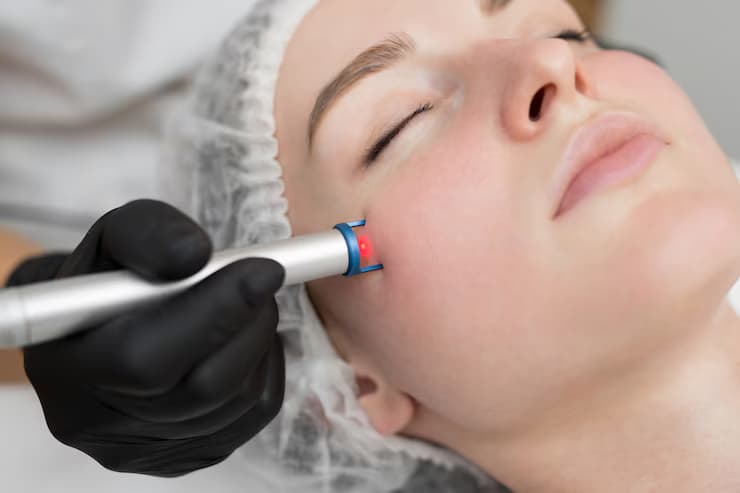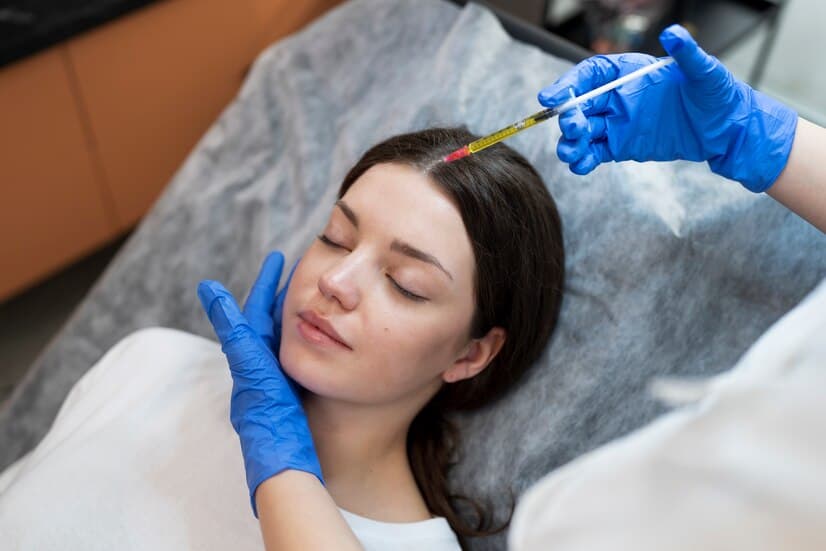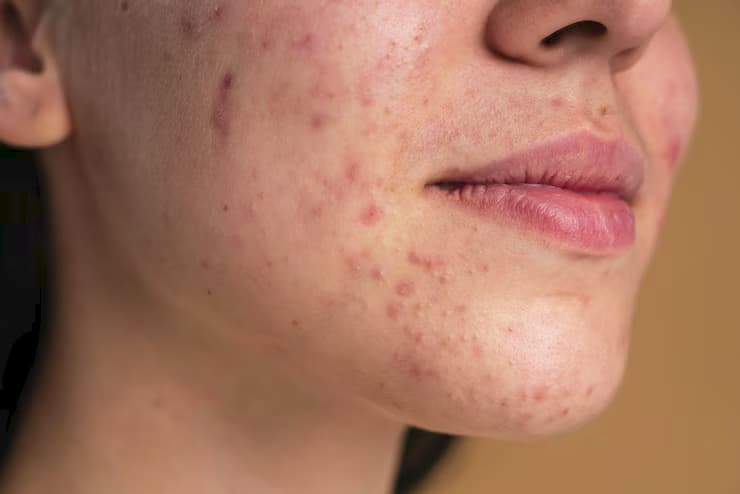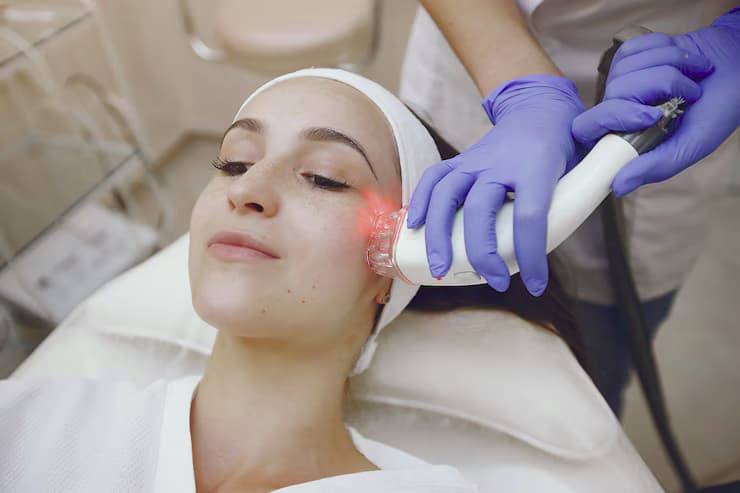How Laser Pigmentation Removal Works – Manchester Expert Guide

Strong 8k brings an ultra-HD IPTV experience to your living room and your pocket.
Laser pigmentation removal has gained significant traction in recent years, emerging as a popular solution for individuals seeking to eliminate unwanted skin discolorations. This method is not only effective but also minimally invasive, making it an attractive option for those looking to rejuvenate their skin. In Manchester, experts have honed their techniques and technologies to provide outstanding results for clients.
This guide will delve into the intricacies of how laser pigmentation removal works, the different types of lasers used, the procedure itself, and the aftercare necessary to ensure optimal results for those seeking laser pigmentation removal Manchester.
Understanding Skin Pigmentation
Before exploring how laser pigmentation removal works, it’s essential to understand what skin pigmentation is. Skin pigmentation refers to the coloring of the skin, which is primarily determined by melanin, a natural pigment produced by melanocytes. Various factors can lead to hyperpigmentation, including sun exposure, hormonal changes, skin injuries, and certain medications. Common types of pigmentation issues include age spots, sun spots, melasma, and post-inflammatory hyperpigmentation.
The pursuit of a more uniform skin tone has led many individuals to seek solutions that can effectively target these pigmentation issues. Traditional treatments, such as creams and topical treatments, often yield limited results and can take a considerable amount of time before any visible changes are noted. As a result, more people are turning to advanced techniques like laser pigmentation removal to achieve clearer and brighter skin.
How Laser Pigmentation Removal Works
Laser pigmentation removal operates on the principle of selective photothermolysis. This technique utilizes specific wavelengths of light that are absorbed by the melanin in the skin. When the laser is applied to the pigmented area, it generates heat that breaks down the melanin particles into smaller fragments. These fragments are then naturally eliminated by the body’s lymphatic system, leading to a gradual reduction in the appearance of pigmentation.
There are several types of lasers used in the pigmentation removal process, each designed to address different skin types and pigmentation issues. The most common types include:
Q-Switched Lasers
Q-switched lasers are highly effective for treating various forms of pigmentation, including tattoos, sun spots, and melasma. By delivering short bursts of high-energy light, these lasers can effectively target melanin without damaging the surrounding skin. They are often preferred for their precision and ability to penetrate deeper layers of the skin.
Fractional Lasers
Fractional lasers work by targeting a fraction of the skin at a time, creating micro-injuries that stimulate the body’s natural healing process. This not only helps in reducing pigmentation but also promotes overall skin rejuvenation. Fractional lasers can be particularly beneficial for individuals with more extensive pigmentation concerns or those seeking additional skin tightening benefits.
Pulsed Dye Lasers
Pulsed dye lasers emit a specific wavelength of light that is absorbed by blood vessels and pigmented lesions. This type of laser is especially useful for treating vascular lesions and redness associated with pigmentation issues. By targeting both melanin and vascular components, pulsed dye lasers can provide a comprehensive solution for individuals with multifaceted pigmentation concerns.
The Laser Pigmentation Removal Procedure
The laser pigmentation removal procedure typically begins with a consultation where the clinician assesses the skin type, extent of pigmentation, and overall health. This initial assessment is crucial for determining the most appropriate laser treatment and tailoring the procedure to the individual’s needs.
Once the treatment plan is established, the procedure itself usually takes place in a clinical setting. The clinician will begin by cleansing the skin to remove any makeup or impurities. Protective eyewear is then provided to shield the eyes from the laser light. Depending on the individual’s pain tolerance and the equipment used, a topical anesthetic may be applied to minimize discomfort during the procedure.
During the actual treatment, the clinician carefully directs the laser beam onto the pigmented areas of the skin. Patients may experience a sensation similar to a rubber band snapping against the skin, but this is typically brief and manageable. The duration of the procedure can vary based on the size of the treatment area, but most sessions last between 20 to 60 minutes.
Aftercare and Recovery
Post-procedure care is essential to ensure optimal results and minimize any potential side effects. After laser pigmentation removal, individuals may experience mild redness, swelling, or a sensation similar to a sunburn in the treated area. These effects generally subside within a few hours to a few days.
It’s crucial to follow the aftercare instructions provided by the clinician, which may include:
Avoiding direct sun exposure: Sunlight can exacerbate pigmentation issues, so wearing sunscreen with a high SPF is essential. Additionally, it’s advisable to avoid tanning beds and prolonged sun exposure for at least a few weeks following treatment.
Moisturizing the skin: Keeping the treated area hydrated can help in the healing process. Using gentle, fragrance-free moisturizers is recommended.
Avoiding harsh skincare products: It’s best to avoid exfoliants, retinoids, and other potent skincare ingredients for a week or two after the procedure to prevent irritation.
Monitoring for any unusual reactions: While complications are rare, it’s essential to keep an eye on the treated area and consult the clinician if any concerning symptoms arise.
Results and Expectations
The results of laser pigmentation removal may not be immediately visible, as the skin continues to heal and regenerate over time. Most individuals begin to notice improvements within a few weeks, with optimal results typically visible after several sessions, depending on the severity of the pigmentation.
It’s important to manage expectations, as some pigmentation issues may require multiple treatments for complete resolution. A personalized treatment plan, developed in consultation with a qualified professional, is the best approach to achieve the desired results while minimizing risks.
Conclusion
In summary, laser pigmentation removal is a highly effective solution for individuals in Manchester seeking to address unwanted skin discoloration. With its capacity for targeted treatment and minimal downtime, it represents a significant advancement in dermatological care. For those also considering complementary treatments, such as PRP hair treatment in Manchester, there are numerous options available to enhance overall skin and hair health.
If you’re ready to take the first step toward clearer, more radiant skin, look no further than Este Medical Group. Their team of experts is dedicated to providing personalized care tailored to your unique needs.
Note: IndiBlogHub features both user-submitted and editorial content. We do not verify third-party contributions. Read our Disclaimer and Privacy Policyfor details.







